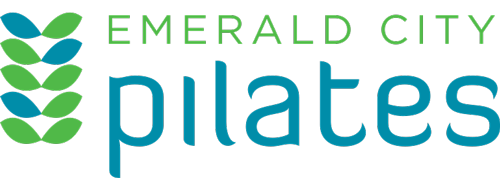Pilates and Chronic Lower Back Pain—Results of a Systematic Review
Pilates and Chronic Lower Back Pain—Results of a Systematic Review
Do you suffer from lower back pain? Do you know someone who does? Surely you do, since according to thegoodbody.com, eight out of ten Americans will experience back pain. On top of that, chronic low back pain is on the rise, and when it strikes, it affects every aspect of your wellbeing, from working, to exercising, to sleeping. This ailment becomes a hard-to-end cycle, because as the culture becomes more sedentary, instances of chronic pain continue to rise. It’s important to note the prevalence of the phenomenon and become educated about what you can do to alleviate such pain now, or if it ever comes knocking on your door.
When many Americans search for the most effective remedy for chronic discomfort, they usually come up short. Medications can only suppress so much, and they do very little to eliminate pain; they simply reduce symptoms for a short while, often bringing more side effects to the equation. If you find yourself in the doctor’s office searching for a solution for the pain in your back, consider stopping at your local Pilates studio for an effective alternative.
A recent evaluation of randomized controlled trials suggest that Pilates is an effective means of alleviating chronic back pain, compared with massage therapy and other exercise regimens. Let’s take a look.
In, “The Effectiveness of Pilates Exercise in People with Chronic Low Back Pain: A Systematic Review,”* we find evidence to prove Pilates significantly effective in alleviating chronic lower back pain. Statistics show improvements in both the amount of pain, as well as in functional ability, when a patient takes on a Pilates regimen for a timespan of six weeks. Naturally, the longer a patient sticks with a program, the longer-lasting the positive effects seem to be. Pilates seems to be just as effective as a massage therapy regimen when it comes to alleviating chronic lower back pain, with the best results stemming from practicing Pilates more than once a week, while combining it with other forms of movement or exercise.
What that means for you is that while your brain may think a sedentary timeout is the best way to heal up a bad back, the exact opposite is true. While it’s wise to avoid activity that proves too strenuous on the spine and other joints, Pilates is a proven solution that’s easy on the joints. It limits impact on the lower back and everything connected to it, while improving the strength of the core. So, if you are one of the millions of Americans who suffers from this affliction, there are some practical steps you can take to improve your quality of life:
1. Examine your lifestyle and investigate the reason for your chronic back pain. It might be your posture in your desk at work, an underlying condition, an old sports injury, or anything in between. Whatever the root cause, knowing from where the pain stems could be extremely helpful in creating your plan to heal.
2. Pay your local Pilates professional a visit. Pilates is easy on the joints and heavy on the core work, two vital aspects of a fitness routine that will help fend off this nuisance.
3. Stick with the plan. Taking charge of your wellness is not a quick fix. We can’t expect a handful of sessions to do much of anything to solve a chronic problem in our bodies. What we must do instead is implement consistent action plan that will propel us towards health, and sooner, rather than later, we’ll be able to kiss that pain goodbye.
*”The Efficacy of Pilates Exercise in People with Chronic Lower Back Pain.” July 2014, Volume 9, Issue 7. www.plusone.org

